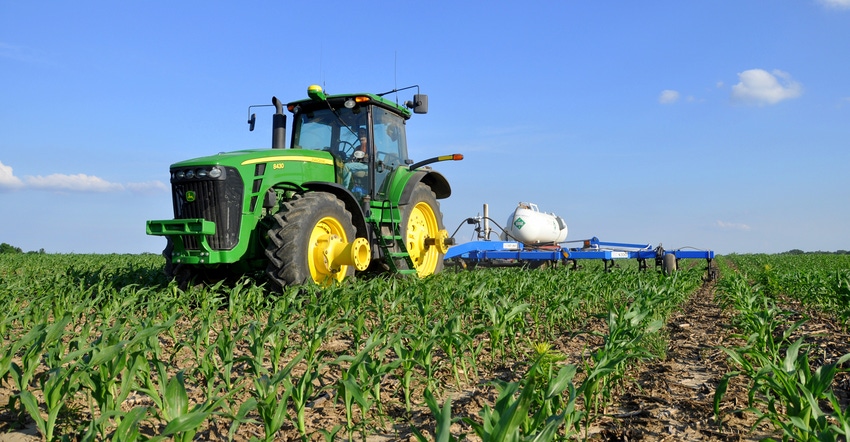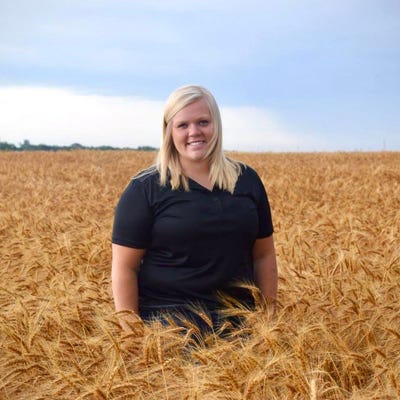
Farmers across the country continue to grapple with high input costs. Farm Futures grain market analyst Jacqueline Holland says farm fertility budgets (NPK) are 79-97% higher than one year ago, which will undoubtedly hinder overall profitability.
USDA’s planting intentions report out March 31 signaled soybean acres surpassing corn acres for only the third time on record. But for those sticking with corn acres, will cutting back on nitrogen impact yields long-term?
A recent study takes a closer look at the lasting effects of corn nitrogen management in corn-soybean crop rotations. The research, led by Ignacio Ciampitti and Adrian Correndo at Kansas State University, was published in Agronomy Journal.
“Historically, studies have focused on the concept of N credits from the preceding soybean crop to the following corn crop,” says Ciampitti. “Here, we have tried to cover the other side of the ‘coin,’” says Correndo.
The results are reassuring. In a long-term experiment spanning four decades, the research team did not find nitrogen budgets in corn crops affecting the next-season soybean yields.
Make nodules do their job
Both nitrogen in the soil and nitrogen produced by fixation in soybean nodules are essential for maximizing soybean yields. However, too much residual nitrogen in the soil can actually compromise soybean nitrogen fixation.
In fact, soybean response to soil nitrogen is very inconsistent – even when high nitrogen fertilizer rates are directly applied to the soybean crop.
We want the soybean crop to use as much atmospheric-N as possible, Correndo explains.
“Soybeans can demand over 400 pounds of nitrogen per acre, so if we fertilized soybeans with N, it’s unlikely to cover its entire nitrogen demand. Instead, it’s very likely to inhibit the N fixation.” This could mine soil nitrogen and generate a negative balance.
Besides a reduced amount of N with a starter, the research team does not recommend fertilizing soybeans with nitrogen. Other studies have investigated this, and results do not show consistent yield trends, says Ciampitti.
No-till? No problem
“Uniformity is a relevant factor for achieving yields for all crops, including soybeans,” Ciampitti says. “This is especially the case in low-yielding environments.”
High-yielding corn can ultimately increase the chances for non-uniform emergence of soybeans due to more residue.
Ciampitti emphasizes correctly setting the planter in no-till systems, regardless of the corn yield and residue situation. The planter should open the row line with sufficient down pressure to cut the residue and leave the seed in good contact with the soil.
Starter fertilizer considerations
In certain scenarios, starter fertilizers can be quite valuable, Correndo says. For example, P and K are nutrients with low mobility. With early planting dates, P and K may move even slower in soil with cold temperatures, limiting initial availability.
“A small rate of accompanying N coming with the P source won’t hurt if soil residual N and soil organic matter levels are low,” says Correndo. “However, too much initial N close to the seed will negatively impact the nodulation and the contribution of N fixation to the crop.”
This is an atypical year with outrageous nitrogen prices. Ciampitti reminds farmers to consider how much nitrogen their soil may be able to provide to the corn crop. Keep in mind how management, crop and weather variables affect crop nutrition and the soil’s ability to meet the crops’ needs.
Also – don’t forget the added value legumes like soybeans bring to the table as they reduce the total applied nitrogen needed to grow the following crop. When it comes to dollars and cents, that value is higher than ever this year.
About the Author(s)
You May Also Like






